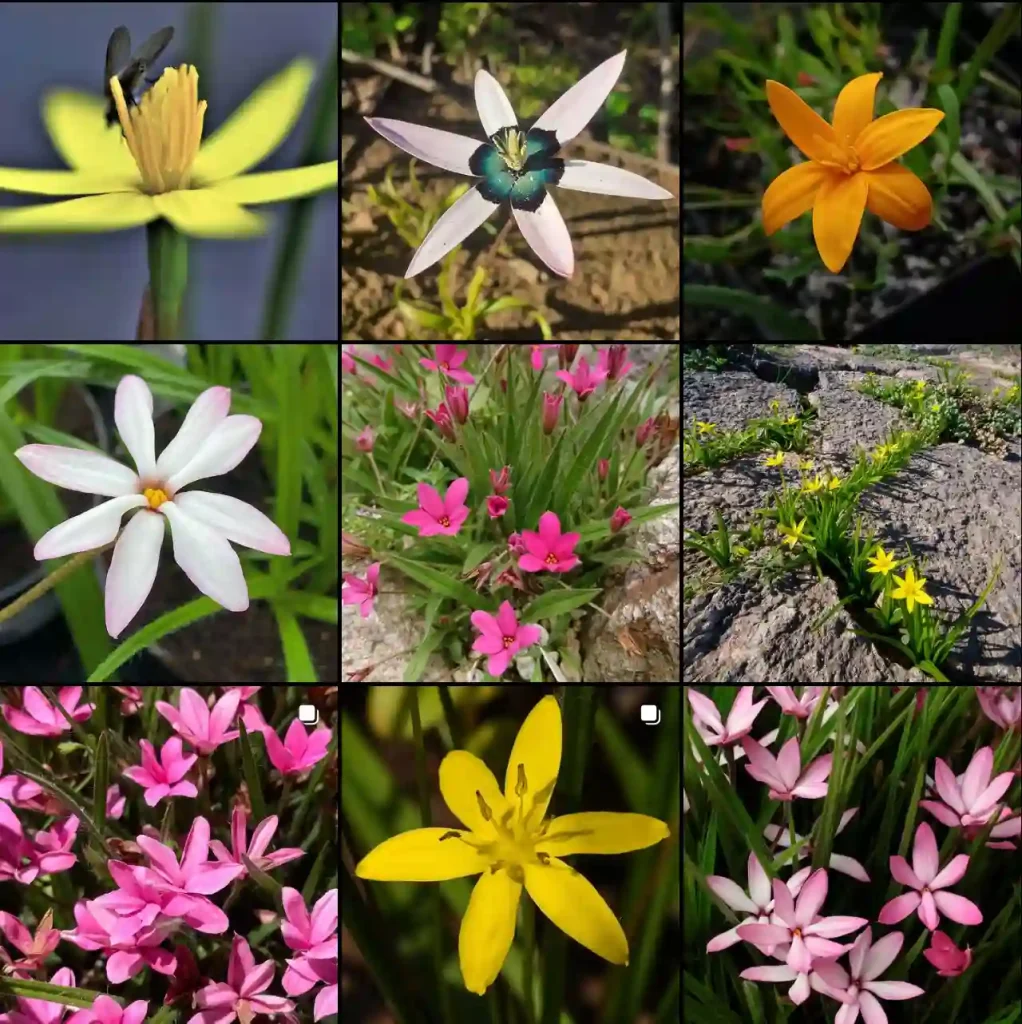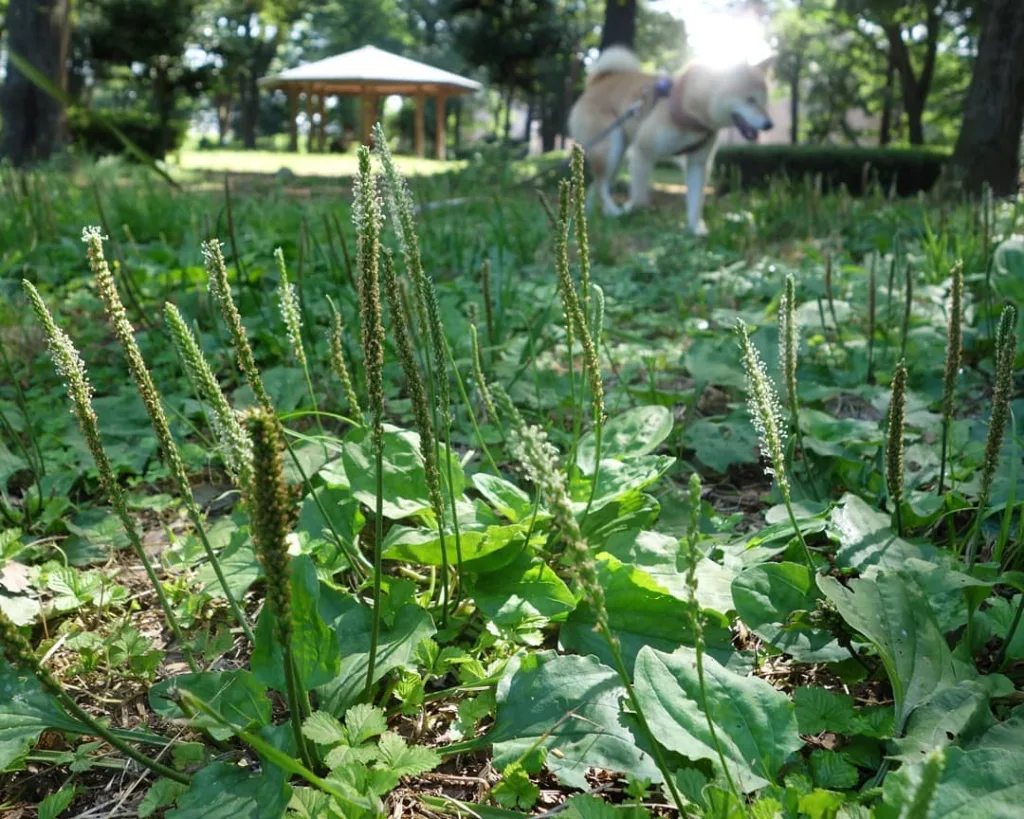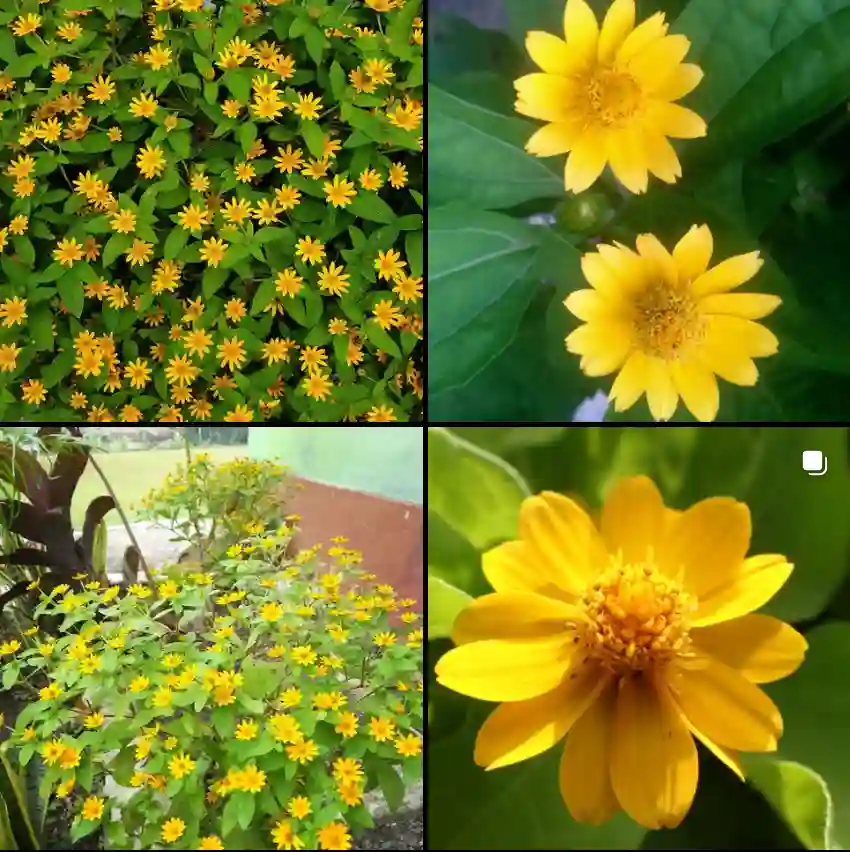Hoya Spartioides: A Conversation-Starting Oddity for Plant Enthusiasts
Many Hoya varieties are known for their lush foliage and fragrant blooms. But the Hoya Spartioides is a different breed entirely. This unique plant challenges expectations and captivates with its unusual form. As a passionate plant collector myself, I’ve been fascinated by the Spartioides for years, and I’m here to answer your burning questions about this botanical marvel.
What Makes the Hoya Spartioides Different?
Unlike its leafy cousins, the Spartioides is all about the flowers. It’s a sprawling, vine-like plant with minimal foliage. Think of it as a cascade of long, slender stems called peduncles, which burst forth with vibrant blooms. These star-shaped flowers, typically orange-yellow with a contrasting white or cream corona, are the real stars of the show.
Here’s what truly sets the Spartioides apart:
- Elusive Leaves: You might barely see any leaves on this plant. If they do appear, they’re small, lanceolate (shaped like an elongated spearhead), and short-lived. The focus is undeniably on the flowers.
- Ephemeral Beauty: The Spartioides blooms are fleeting, lasting just a single night. However, they often appear in clusters, creating a dazzling display that’s worth the wait.
- Unique Fragrance: Prepare for an olfactory surprise. The Spartioides flowers have a strong, distinctive scent, often described as resembling burning rubber. It’s not for everyone, but it adds to the plant’s quirky charm.
Hoya Spartioides vs. Other Hoyas
While the Spartioides breaks the mold within the Hoya genus, there are a couple of close relatives worth mentioning:
- Hoya Carnosa: This popular Hoya boasts thick, fleshy leaves and clusters of sweetly fragrant flowers. It’s a much easier plant to grow and requires less specific care compared to the Spartioides.
- Hoya Mathilde: This stunning variety features large, variegated leaves with a heart-shaped form. The blooms are similar to the Carnosa but with a more subtle scent.
Choosing Between Them:
If you’re a beginner or crave a fragrant houseplant, the Carnosa or Mathilde might be better options. However, if you’re an experienced plant enthusiast seeking a true conversation starter and appreciate the unusual, the Spartioides is a must-have.
How to care for Hoya Spartioides?
The Spartioides might be a bit of a diva, but with the right care, it can thrive. Here are some key things to remember:
- Light: This plant enjoys bright, indirect light. Avoid harsh midday sun, which can scorch the delicate stems.
- Watering: Don’t overwater! The Spartioides prefers to dry out slightly between waterings. Stick your finger in the soil to check for moisture before giving it a drink.
- Humidity: Mimicking its natural tropical habitat, moderate to high humidity is ideal. Regularly misting the plant or using a humidifier can help.
- Soil: A well-draining, airy potting mix is crucial. Opt for a blend specifically designed for orchids or Hoyas, or create your own using orchid bark, perlite, and a touch of potting soil.
- Temperature: Aim for warm temperatures between 65-80°F (18-27°C). Avoid sudden temperature fluctuations.
Bonus Tip: The Spartioides is generally a slow grower. Be patient and enjoy the journey!
Where to Find Your Hoya Spartioides?
Due to its unique nature, the Spartioides might not be readily available at your local garden center. However, you can often find it at online retailers specializing in rare and unusual plants. Be prepared for a higher price tag compared to common Hoya varieties.
Remember: When purchasing online, ensure the seller has a good reputation and offers proper care instructions.
The Hoya Spartioides might not be for everyone, but for those who appreciate the unusual and enjoy a challenge, it’s a truly rewarding addition to their plant collection. With a little patience and the right care, you can witness its fleeting floral magic and add a touch of the extraordinary to your indoor space.




